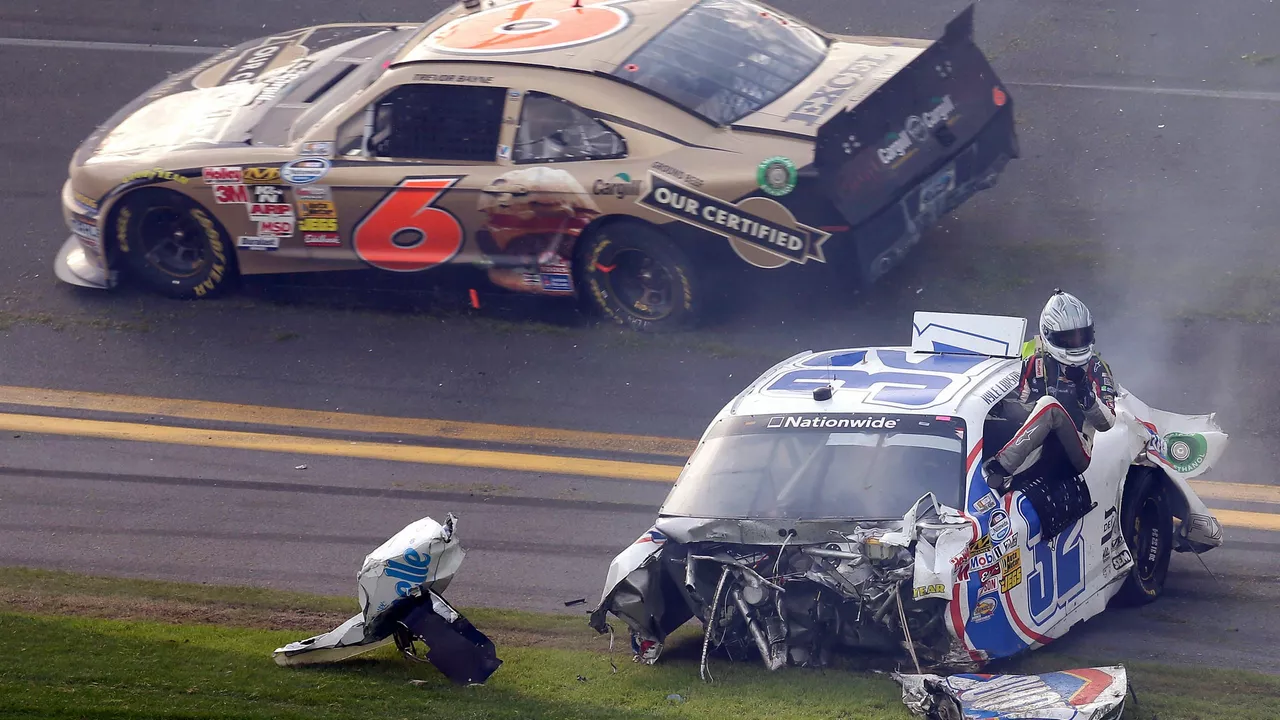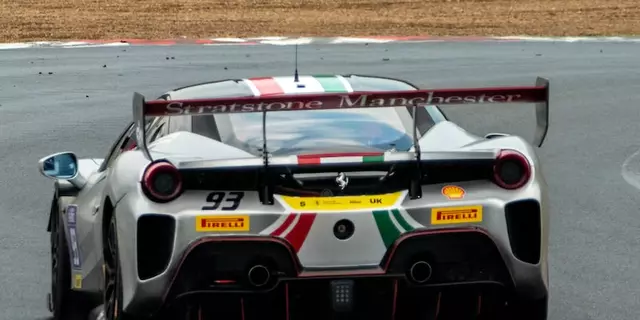Safety Measures Every Motorsport Enthusiast Should Know
When the engine roars and the tires squeal, the thrill is real—but safety matters even more. Whether you’re behind the wheel, in the pit, or just a fan on the sidelines, knowing the right safety steps can mean the difference between a great day and a disaster. Below are the basics you can apply right now to stay safe on the track.
Personal Protective Gear
The first line of defense is what you wear. A certified FIA helmet is non‑negotiable; it must fit snugly and be replaced after any impact. Pair it with a fire‑resistant racing suit—think Nomex or similar material—plus gloves and boots that meet SFI standards. Don’t forget a HANS (Head and Neck Support) device; it keeps your neck from whipping around in a crash and is now required in most series.
Fit matters more than price. A loose helmet can shift and lose protection, while a suit that’s too tight restricts movement. Spend time adjusting straps and checking the cuff seals on gloves. A quick check before every session—helmet straps, suit zippers, boot laces—can catch a problem before it becomes an accident.
Vehicle Safety and Track Protocols
Even the best gear won’t help if the car itself isn’t prepared. Start with a sturdy roll cage that meets the latest FIA specifications. It should be welded, not bolted, and free of any cracks. Install a fire suppression system that can be triggered from the cockpit and the pit. Regularly inspect brakes, steering linkages, and suspension for wear; a failing component at high speed is a recipe for trouble.
Track rules exist for a reason. Always respect flag signals—yellow means caution, red stops the race, blue signals you to let faster cars pass. Know the location of safety cars and the proper procedure for entering and exiting the pit lane. If you’re new to a circuit, walk the track or review the lay‑out map. Spotting runoff areas, gravel traps, and emergency exits in advance gives you a mental shortcut when seconds count.Emergency preparedness is a team effort. Keep a clear line of communication between driver, pit crew, and track marshals. Make sure the car’s data logger is active so officials can review incidents quickly. Have a first‑aid kit on hand and ensure someone on the crew knows basic CPR and wound care.
Training isn’t just for the pros. Attend a driver safety course that covers high‑speed braking, skid control, and off‑track recovery. Simulators are also a cheap way to practice reaction to flag changes and car failures without risking hardware. The more you rehearse these scenarios, the smoother your real‑world response will be.
Finally, stay updated. Safety standards evolve with new technology—think airbags in Formula 1 or the latest carbon‑fiber crash structures. Subscribe to motorsport safety newsletters, join online forums, and check the FIA’s latest bulletins. Keeping your knowledge current ensures you’re never caught off guard.
Racing is all about pushing limits, but limits exist for a reason. By mastering gear, car prep, track rules, and emergency response, you protect yourself, your team, and everyone watching. So gear up, double‑check, and enjoy the speed—safely.

Why do racing cars rarely get accidents despite the high speed?
Despite their high speeds, racing cars rarely get into accidents due to a combination of factors. Firstly, professional drivers are highly skilled and trained to handle extreme speeds and difficult conditions. Secondly, these cars are specifically designed for safety, with features like roll cages, harnesses, and fire suppression systems. Tracks are also designed with safety in mind, including wide lanes and clear runoff areas. Lastly, strict rules and regulations govern the conduct of races to further minimize risk.
View More



